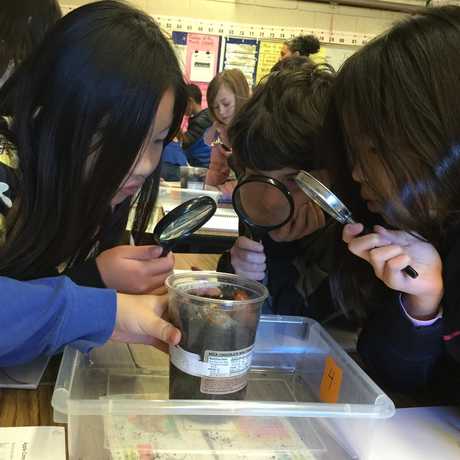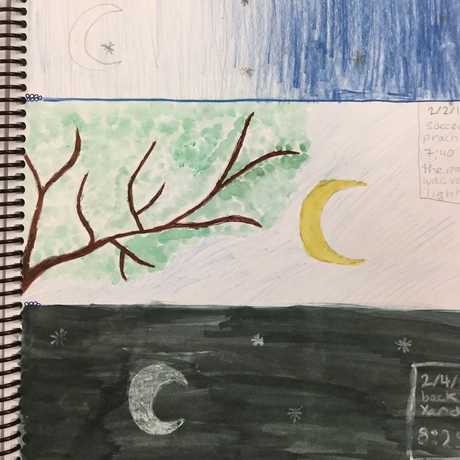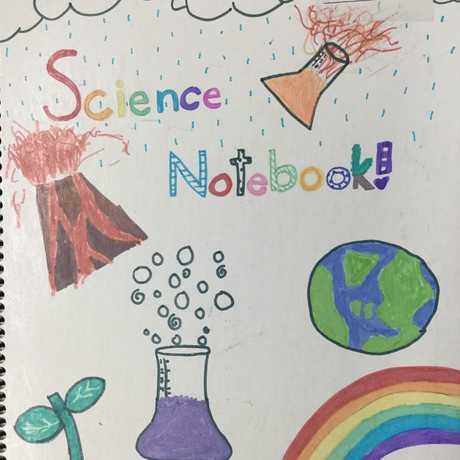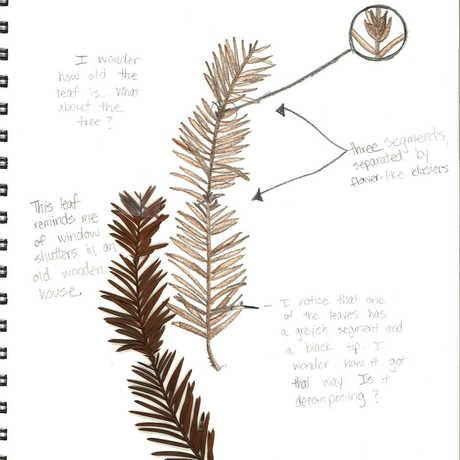Https Www Calacademy Org Educators Lesson Plans Draw a Scientist

Anoushka Takla'south fourth graders seek to answer the question: "What happens to our trash over fourth dimension?"
Could you lot describe the kelp woods food web equally a organisation?
In this role-playing skit your students volition describe the various processes of the water cycle in the Amazon.
What kinds of everyday objects contain carbon? This introductory activity will assistance y'all get it direct!
How does the finite amount of carbon on this planet movement around in the environment, from one place to another?
Can you lot create a model of how carbon flows between the biosphere, hydrosphere, atmosphere, and lithosphere?
Past building an edible polyp, you'll larn about coral anatomy and detect if it's a found or an brute.
Where are our rainforests? Why are they there?
Where is all of our planet'southward water stored?
Learn nearly adaptation past creating an insect that can survive in a specific habitat!
In this inquiry-based activity, students test different materials to run across which is best to make clean up an oil spill.
How much of outer infinite is just infinite?
Do you know the relative sizes of the planets in our solar system? Put yourself to the test with some Play-doh.
Featuring over twoscore activities, this guide volition become your students outside throughout the year!
Larn about what macroinvertebrates live in your school yard!
Evidence off your Manor, and make it more appealing to a diversity of macroinvertebrates!
The Globe's tilt is the reason for the season!
You lot may know your zodiac sign, merely practice you know your birthday stars?
Students volition exercise being World to larn about how our orbit affects what nosotros encounter.
This interactive lesson volition demonstrate the difference between "rotation" and "orbit."
This interactive activity will demonstrate why some planets wait like they are traveling backwards.
Larn virtually the phases of the moon with this tactile activity!
What types of natural resources are used to make the objects we utilize in everyday life? Play bingo to discover out!
Through scientific sketching, yous can identify patterns in traits shared past a species and get to know variation.
By conducting a survey of an outdoor surround, students will design solutions for preventing marine debris.
Why does some trash modify, while other garbage stays the same?
Want to play a lath game to learn near rock formation? Explore geologic processes, fast and slow.
Let's compare the different objects in outer space!
Discover the part of the leaf that allows for gas exchange!
Larn what it takes to develop, grow and consume some of the foods and water we demand.
Using a model, students will construct explanations for one of the reasons why fish populations are declining.
Students will explore tectonic plate boundaries and different types of seismic waves generated by earthquakes.
Track the sun'due south position to learn the cardinal directions.
How does the digestive arrangement of a zebra differ from that of a buffalo?
How much freshwater was used to produce your meal today?
What are the problems associated with burning fossil fuels?
What are the consequences of mining for fossil fuels?
By sorting our waste into unlike bins, we can make a huge impact.
Explore seaweed and learn about this important producer in this easily-on, culinary activity!
Investigate why flowers have dissimilar shapes and colors.
Learn how you and your students can help protect primates.
Students will learn about existent-globe issues involved in making conservation plans to save endangered species.

Erica Katz'southward fifth graders seek to answer the question: "Why does the moon look different on different days?"

Students receive their scientific discipline notebooks and take the time to brand them their own.

Students peruse sample pages from the notebooks of many different scientists.
Aggrandize your vocabulary in this creative brainstorming action.

Students depict their thought of "a scientist doing science."
What are some strategies for allowing your students to share the content in their scientific discipline notebooks?
Students insert a Tabular array of Contents, number the pages, and complete their first reflective entry.

What makes a practiced scientific sketch? Y'all can teach this lesson even if you call back you tin't draw!
Apply "windowpanes" to accept stock of materials at the get-go of an investigative unit.
Lay the foundation for sketching by explicitly teaching the following techniques.
Chew, Bite, Chop into a yummy lesson!
Why practise humans take two eyes?
Source: https://calendar.calacademy.org/educators/science-lesson-plans-for-4th-and-5th-grade
Post a Comment for "Https Www Calacademy Org Educators Lesson Plans Draw a Scientist"